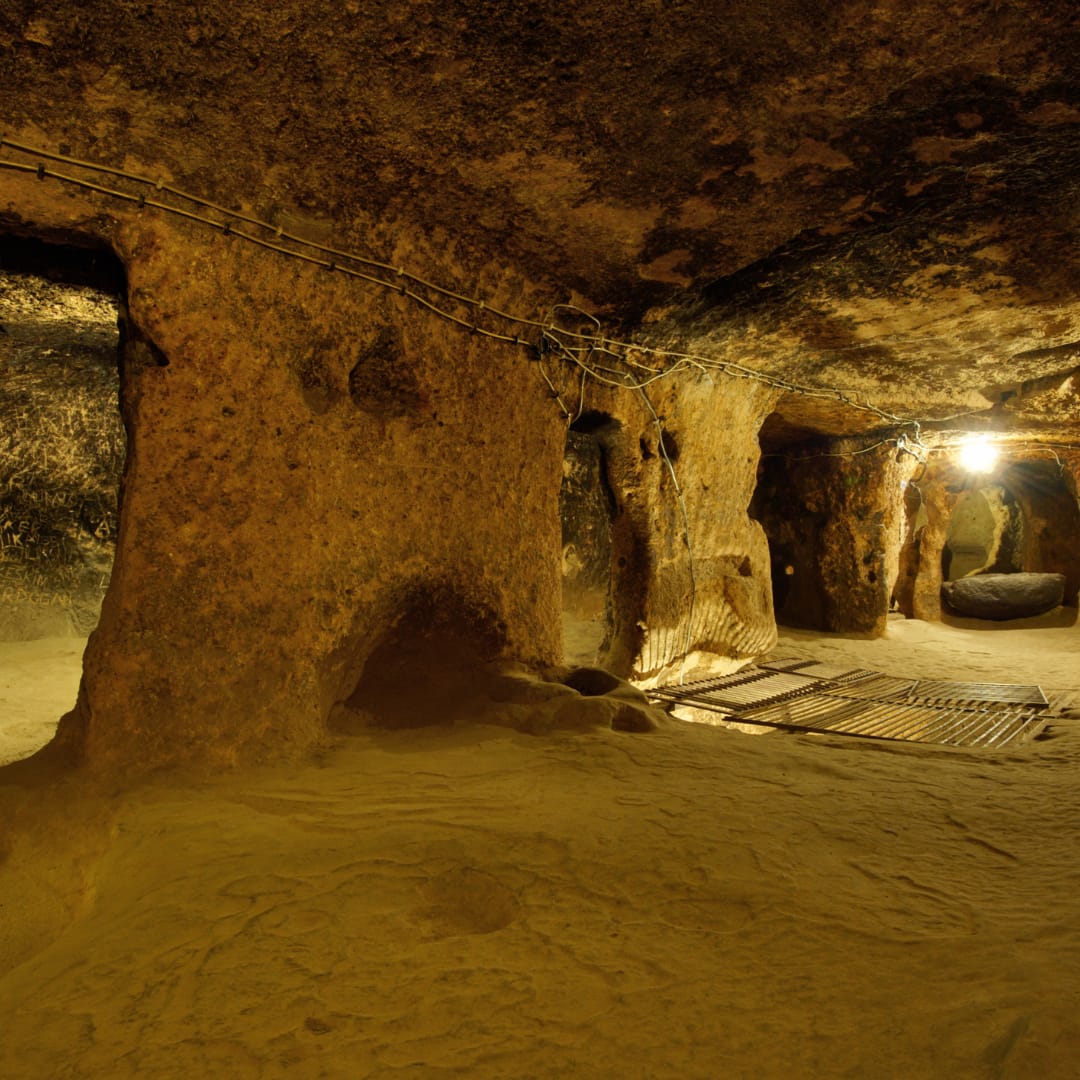Coober Pedy is an entirely underground city
Coober Pedy is a remote town located in South Australia, about 846 km north of Adelaide. Famous for being Australia's first and only underground city, this unique city has an interesting history dating back to the 20th century when it was founded by opal miners looking to make their fortune.
label:
The name "Coober Pedy" is derived from the Aboriginal name "Koba Beti", which means "white man's hole in the ground." This is an apt description, as Coober Pedy is a city where most of the population lives and works underground. The city consists of underground dwellings, churches and hotels. And even an underground golf course
the climate:
The temperature in Coober Pedy can reach over 40 degrees Celsius during the summer, so many people choose to live underground for comfort. The underground homes are dug into the sandstone rock that lies below the surface of the desert and are kept cool by the natural insulation from the sandstone walls. Residents decorated these spaces with furniture and amenities to make them comfortable and inviting
Their way of life and living:
Coober Pedy is a remote town in the Australian state of South Australia. It is known as the "Underground City" because of its unique dwellings. The city is home to about 600 people and is located in the desert region of the Outback, about 846 kilometers (526 miles) north of Adelaide.
Many of the city's residents live underground, in houses called "dugouts". The bunker is built into the hillsides to provide protection from the harsh desert sun and temperatures that can reach 45 °C (113 °F) in summer.
The city boasts many attractions for those looking to experience life underground. Tourists can take a tour of an opal mine, visit an underground church or museum, or even stay overnight in one of the underground hotels. The town also has its own winery and brewery, as well as a variety of restaurants serving local and international cuisine.The main attraction for tourists visiting Coober Pedy is opal mining. Opal was first discovered here in 1915, and has been around since then.
| Saudi Riyal
AED | Emirates Dirham
£ | Pound Sterling
€ | Euro
$ | US Dollar






